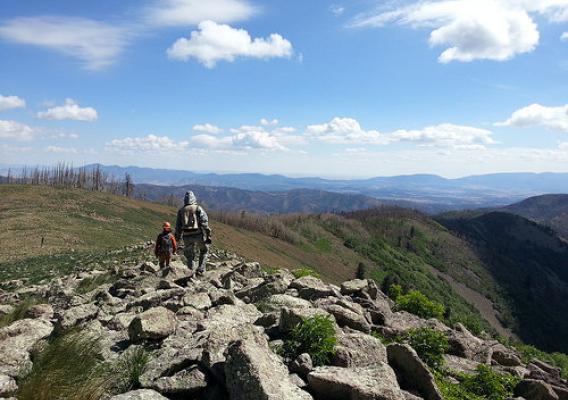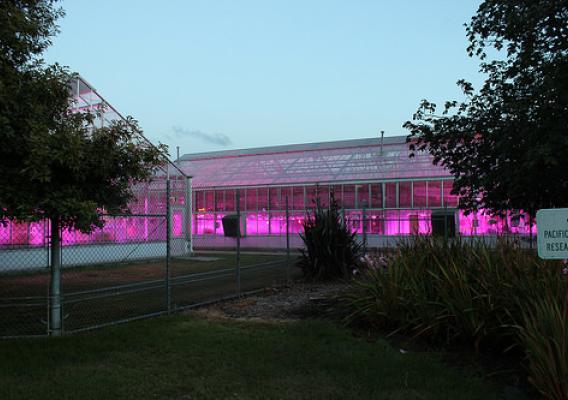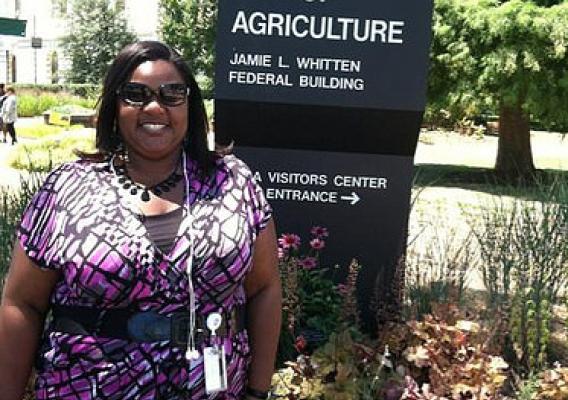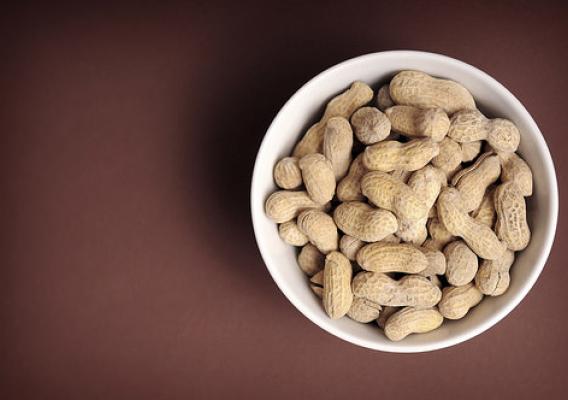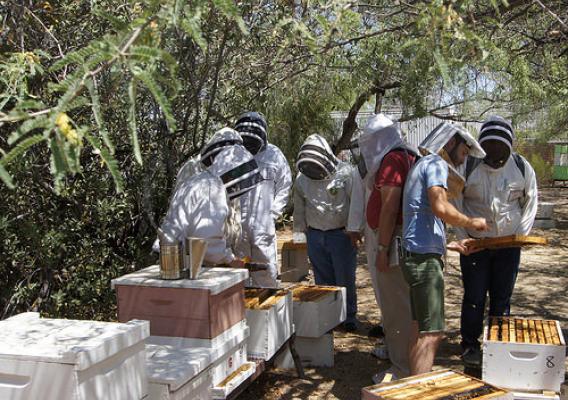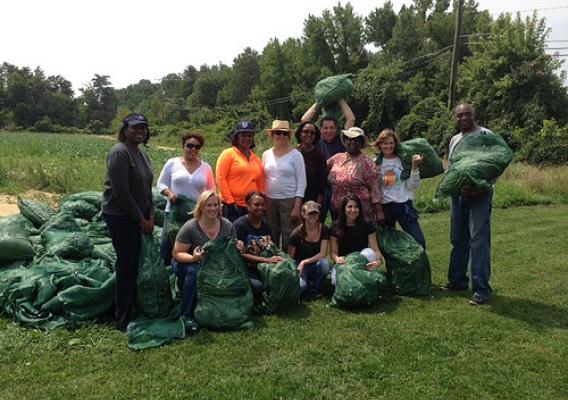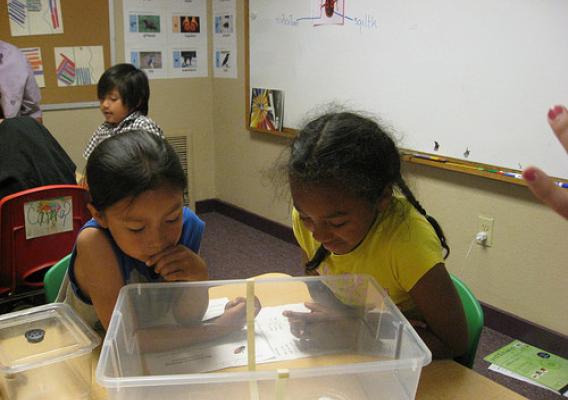This post is part of the Science Tuesday feature series on the USDA blog. Check back each week as we showcase stories and news from the USDA’s rich science and research portfolio.
Everyday at USDA, we work to ensure that American agriculture delivers safe, nutritious food and clean, plentiful water. But we’re facing serious challenges worldwide affecting agriculture and natural resources. With our agricultural system under stress, we must partner to find new ways to approach solutions to these challenges.
A new partnership that’s creating a lot of excitement is the Foundation for Food and Agriculture Research (FFAR). The Agricultural Act of 2014, commonly known as the 2014 Farm Bill, established this new, private, non-profit Foundation to foster research, innovation, and public-private partnerships important to America's agricultural economy. This independent nonprofit foundation will consult with USDA to fund complementary research activities to address challenges relating to plant and animal health, production and products; food safety, nutrition and health; renewable energy, natural resources and the environment; agricultural and food security; agriculture systems and technology; and agricultural economics and rural communities. Congress provided $200 million for the Foundation, and this money must be matched by non-federal funds as the Foundation identifies and approves projects. In this way, the Foundation will leverage private donations to fund research activities making this a truly public-private partnership.


